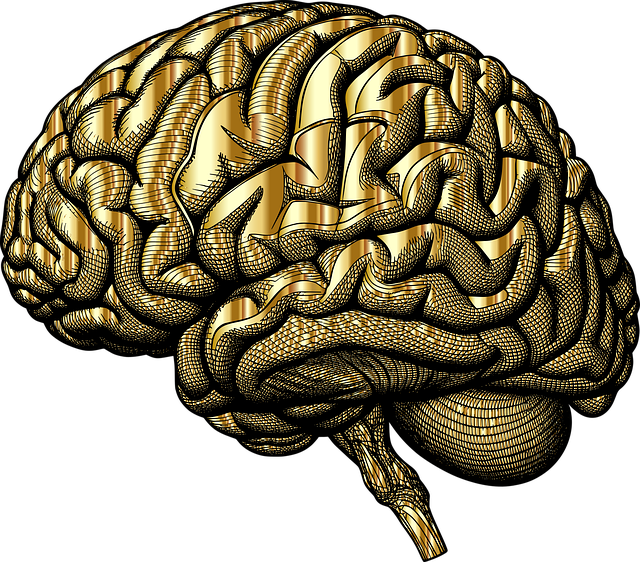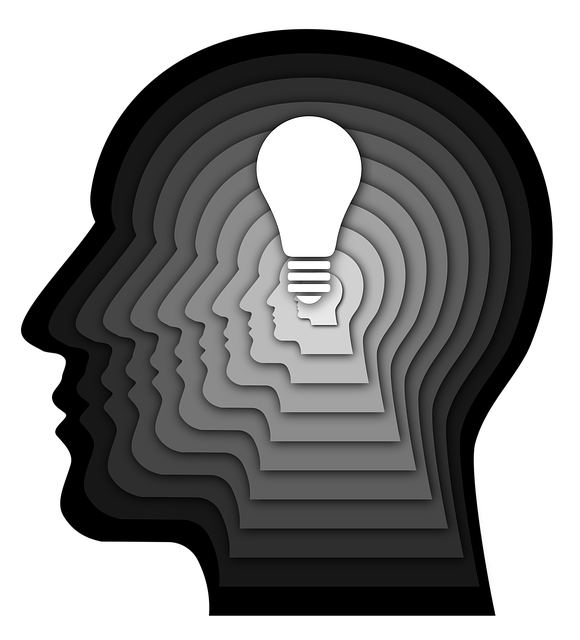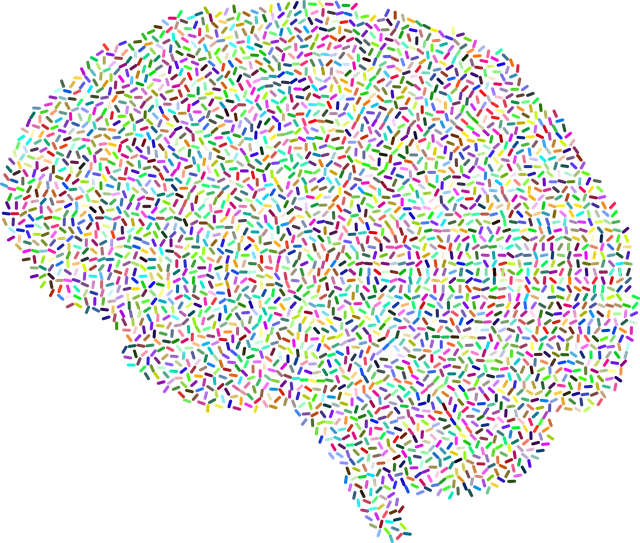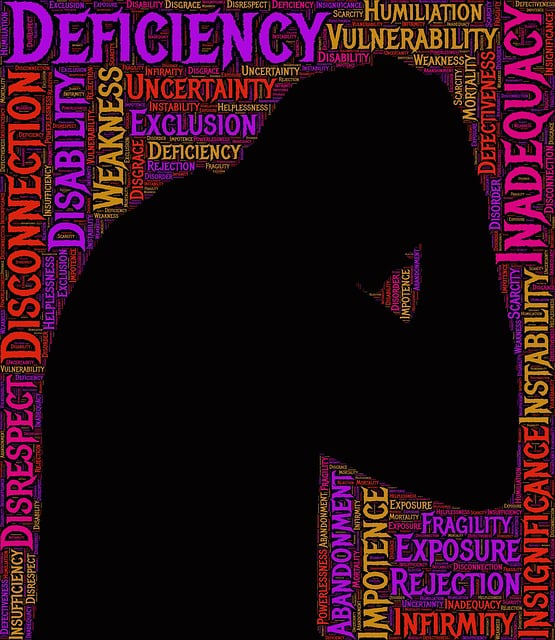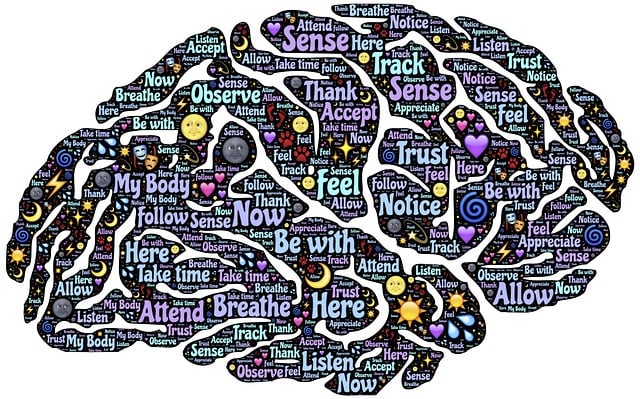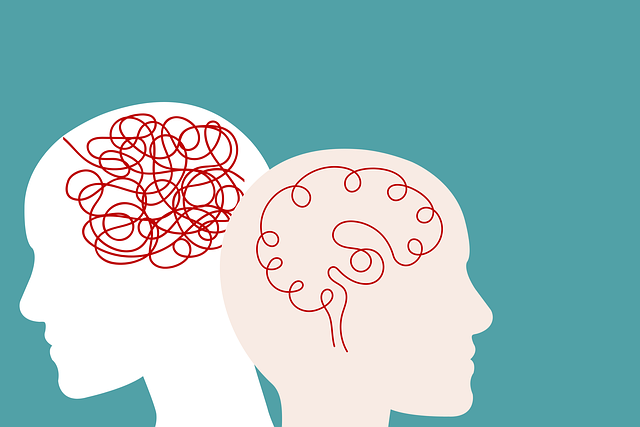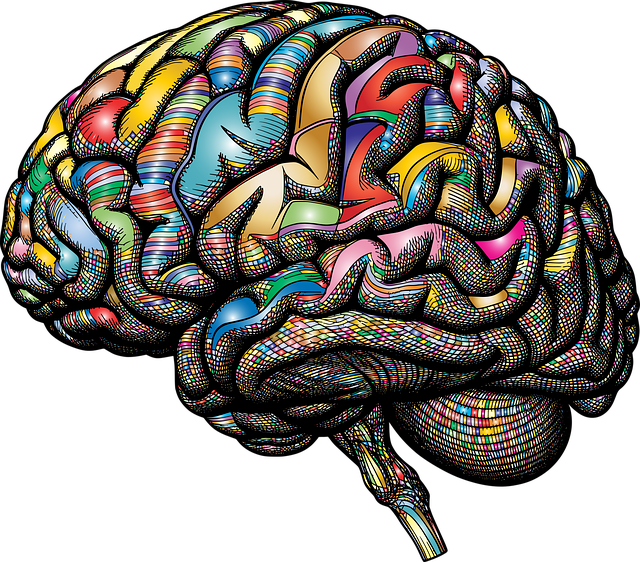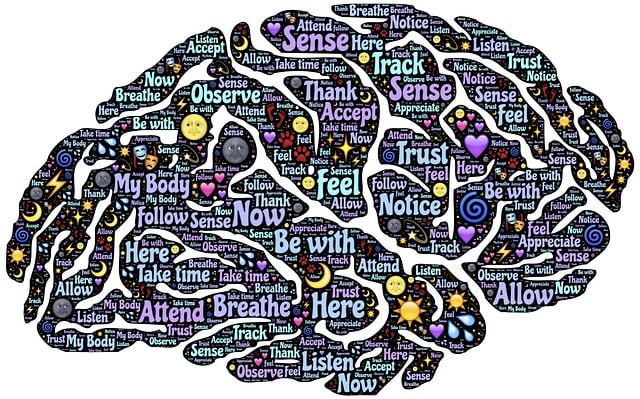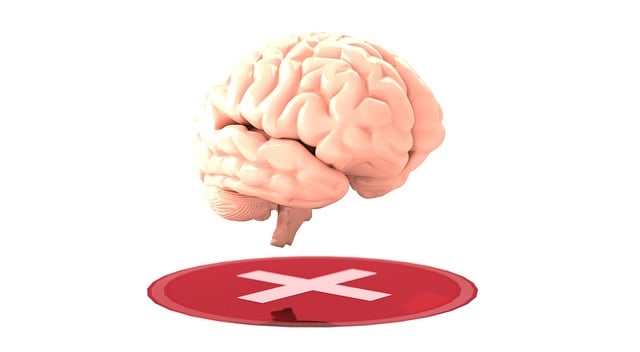Golden EMDR Therapy's Recovery, Flexibility, and Mastery (RFM) framework enhances resilience and emotional well-being through eye movement desensitization techniques. This evidence-based approach, integrating RFM with side-to-side eye movements or sounds, stimulates brain hemispheres to process traumatic memories effectively. By combining Golden EMDR with resilience exercises, mindfulness, and social skills training, mental health practices can significantly improve outcomes for trauma victims, reduce re-trauma instances, and enhance cultural sensitivity in care delivery.
“Unleash resilience with RFM (Recollection, Feeling, and Meaning) exercises, a powerful tool for empowering individuals. This article delves into the intricate relationship between RFM and its role in fostering mental fortitude. We explore the therapeutic potential of Golden EMDR (Eye Movement Desensitization and Reprocessing) therapy, offering a unique approach to healing.
Through a step-by-step guide, we demystify the implementation process, enabling professionals to incorporate these exercises effectively. Discover the myriad benefits, backed by real-life case studies, showcasing the transformative power of RFM in clinical practice.”
- Understanding RFM and Its Role in Resilience Building
- The Science Behind Golden EMDR Therapy
- Implementing Resilience Exercises: A Step-by-Step Guide
- Benefits of Incorporating RFM in Clinical Practice
- Real-Life Success Stories: Case Studies of RFM Implementation
Understanding RFM and Its Role in Resilience Building

Resilience is a critical component of overall mental health and well-being. Understanding RFM (Recovery, Flexibility, and Mastery), a framework that underpins Golden EMDR Therapy, is essential in building resilience. This therapeutic approach focuses on helping individuals develop effective coping mechanisms to navigate life’s challenges. By fostering recovery from past traumas and stressful events, RFM enhances flexibility in response to future stressors, enabling individuals to maintain their emotional balance.
The integration of RFM into mental health practices, including Stress Reduction Methods and Emotional Well-being Promotion Techniques, offers a robust strategy for Mental Health Policy Analysis and Advocacy. It encourages individuals to take control of their mental health by promoting self-mastery and adaptive coping strategies. This proactive approach not only empowers individuals but also contributes to the broader goal of improving mental health outcomes through comprehensive policy analysis and advocacy efforts.
The Science Behind Golden EMDR Therapy

Golden EMDR Therapy taps into the body’s innate healing abilities to facilitate a profound transformation. This innovative approach leverages eye movement desensitization and reprocessing (EMDR), a well-researched therapy technique, to help individuals process traumatic memories and associated emotions effectively. By stimulating both the left and right hemispheres of the brain through side-to-side eye movements, sound tones, or tactile signals, Golden EMDR Therapy allows for a unique and powerful healing experience.
This method has proven successful in numerous studies, demonstrating its effectiveness in various aspects of mental health, including self-esteem improvement and anxiety relief. Beyond individual therapy sessions, the integration of Golden EMDR into Mental Health Policy Analysis and Advocacy efforts can contribute to broader societal well-being. By recognizing and addressing trauma’s impact on individuals and communities, this therapeutic approach has the potential to revolutionize mental healthcare, offering lasting solutions for those seeking healing and wholeness.
Implementing Resilience Exercises: A Step-by-Step Guide

Implementing Resilience Exercises: A Step-by-Step Guide
The first step in incorporating resilience building exercises is to identify areas where individuals or teams might be vulnerable. This involves a risk assessment for mental health professionals to understand the specific stressors and potential triggers within their environment. By assessing these risks, you can tailor activities that focus on emotional well-being promotion techniques. Once identified, create a safe space for participation, ensuring confidentiality and non-judgmental attitudes.
Encourage active engagement through interactive exercises that combine physical movement with emotional awareness. Techniques like Golden EMDR Therapy, which uses bilateral stimulation to process traumatic memories, can be powerful tools. These exercises should be introduced gradually, allowing participants to become comfortable with each activity before progressing to more challenging ones. Regular practice and reflection sessions reinforce the learning and foster a culture of resilience within the group or organization.
Benefits of Incorporating RFM in Clinical Practice

Incorporating RFM (Resilience, Flexibility, and Mindfulness) practices into clinical settings offers a myriad of advantages for both healthcare providers and clients. This approach enhances treatment effectiveness, especially in addressing complex trauma and stress-related disorders. By integrating RFM techniques, therapists can facilitate a deeper sense of resilience among their patients, empowering them to navigate life’s challenges with greater adaptability and emotional stability.
The benefits extend beyond individual growth; they also contribute to a more culturally sensitive mental healthcare practice (Cultural Sensitivity in Mental Healthcare Practice). Golden EMDR Therapy, for instance, leverages RFM principles to help individuals process traumatic memories while cultivating mindfulness and emotional regulation skills. This holistic approach resonates with diverse client populations and has gained recognition through the popularity of Mental Wellness Podcast Series Productions, highlighting its effectiveness in promoting mental wellness. Additionally, Social Skills Training can be seamlessly incorporated into RFM protocols, fostering not only emotional resilience but also enhanced interpersonal interactions.
Real-Life Success Stories: Case Studies of RFM Implementation

In a real-world setting, the implementation of RFM (Resilience and Strengthen Mindset) exercises has yielded remarkable results, particularly when coupled with Golden EMDR Therapy. One notable case study involves a mental health clinic that incorporated RFM into their therapeutic approach, focusing on trauma recovery. By combining this technique with the specialized therapy, patients reported significant improvements in their ability to cope with daily stressors and traumatic memories. The approach not only enhanced traditional therapy outcomes but also encouraged clients to actively engage in their healing process.
This success has been echoed by several other institutions implementing similar strategies. For instance, a community outreach program that incorporated RFM exercises into its mental health services reported a 30% reduction in re-trauma among participants over a 6-month period. Moreover, cultural sensitivity in mental healthcare practice was enhanced through these initiatives, ensuring diverse patient populations felt seen and heard during their therapeutic journeys. This inclusive approach has been pivotal in fostering a deeper connection between care providers and patients, leading to more effective risk management planning for mental health professionals.
The integration of RFM and Golden EMDR therapy offers a powerful approach to enhancing resilience, as demonstrated by both theoretical understanding and real-world case studies. By implementing the step-by-step guide outlined in this article, clinical professionals can effectively support clients in navigating trauma and fostering adaptability. The benefits of incorporating RFM into practice are clear, leading to improved outcomes and enhanced well-being for those who have experienced challenging life events. This evidence-based method has the potential to revolutionize mental health care, providing individuals with the tools to build resilience and thrive.

